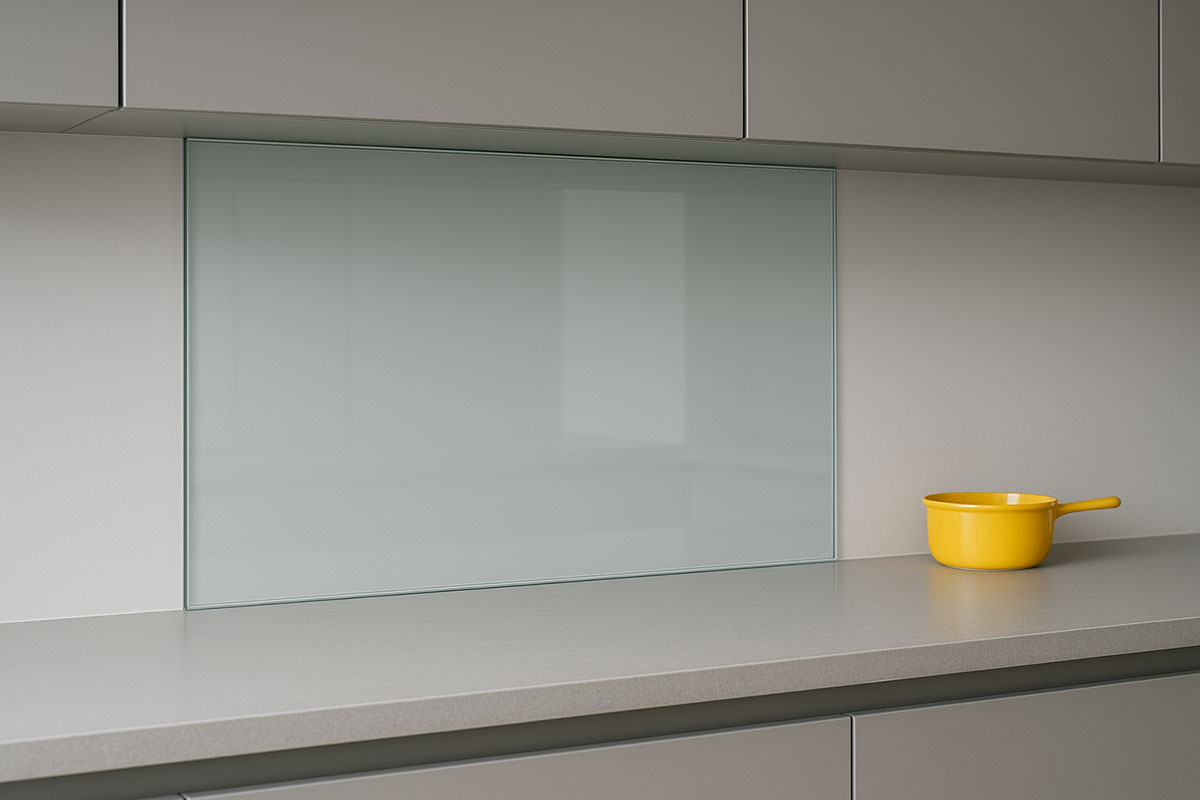Enhancing property value with contemporary glass features in kitchen upgrades

Incorporating contemporary glass elements into kitchen renovations is becoming increasingly popular among property investors. These modern features not only enhance aesthetics but also offer functional benefits that appeal to potential buyers and tenants. Understanding how to integrate these elements effectively can significantly impact property valuations.
As trends in home renovations evolve, integrating sleek and sophisticated designs becomes crucial. One such trend is the installation of a glass splashback, which adds a touch of elegance to any kitchen space. These features are not merely decorative; they serve functional purposes that enhance the overall usability and appeal of the kitchen. For property investors, identifying such trends can be vital for maximizing rental prospects and resale value. In addition, selecting the right type of glass and incorporating it into the design thoughtfully can make a significant difference in how a property is perceived by potential buyers or tenants.
Aesthetic and functional benefits of glass splashbacks
The use of glass splashbacks in kitchen upgrades offers a seamless blend of style and practicality. These elements provide a sleek, modern look that can instantly elevate the appearance of your kitchen, making it more appealing to discerning buyers or renters. The reflective quality of glass enhances natural light, creating an illusion of a larger, more inviting space. This transformation can be particularly beneficial in smaller kitchens where space optimization is key.
Functionally, glass splashbacks are designed for ease of maintenance. Unlike traditional tiles with grout lines that collect dirt, the smooth surface of glass makes cleaning effortless. This low-maintenance feature is highly attractive to busy homeowners who prioritize efficiency and cleanliness. Additionally, glass is resistant to heat and moisture, offering durability that ensures long-term value retention.
When considering design options, it's important to select colours and patterns that complement your existing decor while maintaining a timeless appeal. Customization options allow you to tailor the splashback to fit specific preferences, whether through colour choices or bespoke designs. This personalization aspect further enhances the kitchen's aesthetic value and aligns with modern design trends.
Boosting property value through modern upgrades
Integrating contemporary glass features into your kitchen can significantly boost your property's market value. Buyers and tenants are often drawn to properties that offer both aesthetic appeal and practical benefits, which these upgrades deliver effectively. A well-designed kitchen with modern elements like glass splashbacks can set your property apart in competitive markets.
The investment in such upgrades tends to yield high returns due to increased interest from potential buyers or tenants willing to pay a premium for modern amenities. Properties featuring these enhancements often experience shorter time on the market, reducing vacancy periods for landlords and accelerating sales processes for sellers.
To optimize this value enhancement, consider aligning your kitchen renovation choices with current market trends and buyer preferences. Properties showcasing contemporary designs attract higher bids, demonstrating the importance of strategic investment in these features. Regularly updating your knowledge about design trends can ensure you make informed decisions that maximize property appeal.
Maintenance tips and design considerations
Maintaining a glass splashback requires minimal effort compared to traditional materials, yet there are specific tips to ensure its longevity. Regular cleaning with non-abrasive cleaners preserves its pristine condition while preventing scratches. Using protective coatings can also enhance resistance against stains and fingerprints.
Design considerations play a crucial role in maximizing the impact of your glass features. Opt for tempered glass to ensure safety and durability, especially in high-traffic areas like kitchens. The choice of colour or pattern should harmonize with other elements within the space, creating a cohesive look that appeals universally.
For those considering customization options, working with experienced designers or suppliers can provide insights into innovative solutions tailored to your property's unique characteristics. This collaboration ensures that your renovation not only meets aesthetic goals but also adheres to functional requirements specific to your lifestyle needs.
Data-driven insights on property valuations
A data-driven approach underscores the significance of contemporary glass features in elevating property value. By analyzing market data, you can assess how these upgrades influence buyer behaviour and pricing trends within your area. Properties with updated kitchens featuring modern amenities like glass splashbacks command higher prices and attract more interest.
Utilizing site data allows you to benchmark your property's offerings against similar listings, providing a clear picture of competitive advantages gained through these enhancements. This information empowers you to make strategic decisions regarding renovation investments based on factual insights rather than assumptions.
The emphasis on data aligns with investor priorities focused on maximizing returns through informed decision-making processes. As you navigate renovation projects, leveraging reliable data sources ensures that your investments align with market demands while optimizing property performance over time.



